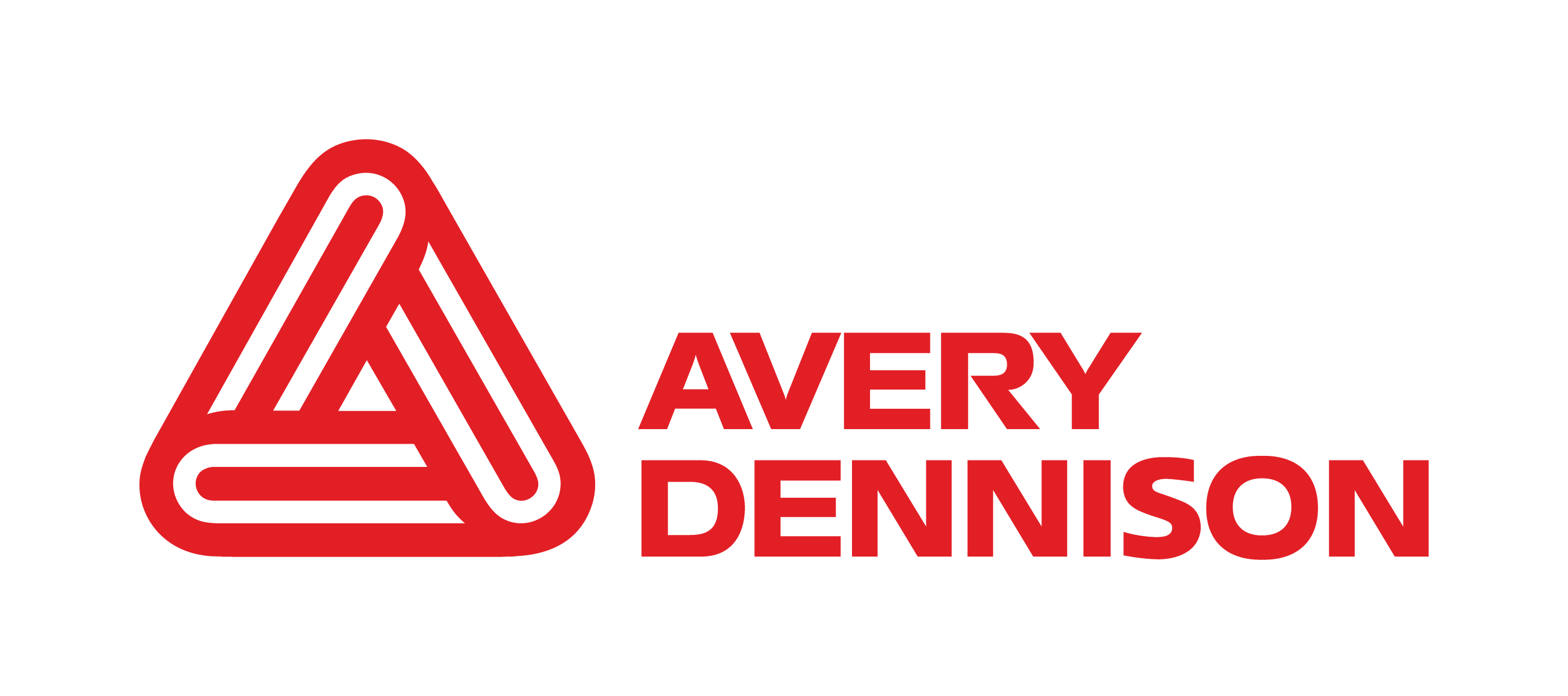Asia’s recycling infrastructure has immense room for improvement, but the good news is that change is possible through coordinated action. By adopting stronger policies, investing in new technologies, and creating partnerships, governments and businesses can overcome the current challenges to unlock packaging circularity at scale.
At this crucial juncture, organizations must play their part by aligning with sustainable innovations. Industries now have access to cutting-edge solutions like Avery Dennison's pressure-sensitive label technology, enabling cleaner recycling and material reuse. With these tools, companies can achieve their emissions goals, foster greater consumer trust, and, most importantly, contribute to a more sustainable future.
Interested in positioning your business as a leader in sustainable packaging? Contact us today to learn how innovative solutions, like pressure-sensitive labels, can help optimize recycling processes while driving packaging circularity.

